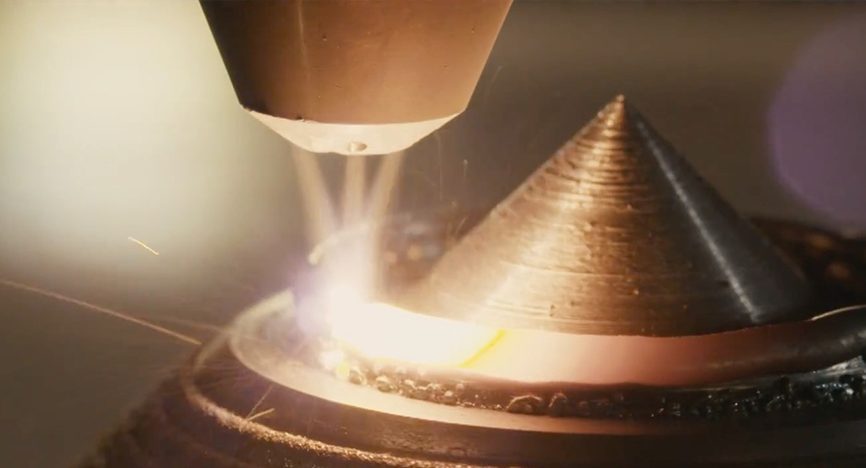Recently here on Dust In Case, we dove into the world of additive manufacturing (also known as “3-D printing”) and took a look at the hurdles the plastic side of the industry faces with combustible dust. As referenced in that same article, a 2008 study by the Combustible Dust Policy Institute says that metal and plastics combined for nearly 40% of the 200+ combustible dust-related fires and explosions in all major sectors during that year, proving that many are either unaware or ignoring the dangers those materials pose. The metal side of the additive manufacturing industry is different from plastics in that its dusts can be classified as explosive, impact sensitive and propellants that require a different kind of approach and concern. These dusts include aluminum, magnesium, titanium, zirconium and carbon fibers which are identified as having a mean diameter of less than 500 microns. That being said, which vacuum should you use for metal additive manufacturing dust?
Because of their high Kst values, these sensitive liquid soluble dusts should not be vacuumed by a dry vacuum, but instead using an immersion separation vacuum that features the ability to neutralize 100% of the intake air and material in a liquid bath to eliminate the hazard of an ignition source ever reaching the combustible dust. Due to the fact that combustible metals are so volatile, the smallest amount of static could ignite the smallest amount of material and result in a violent explosion. Wet systems capture and submerge the material in either an oil or water bath. The pressure of the material that enters the vacuum penetrates the turbulent liquid, quenching any possible ignition source. Special dispersion screens and demisting filters are used to eliminate any moisture from escaping the vacuum system. These filters return only clean dry air to the workplace. Among the other features you should ensure your immersion separator vacuum has are…
• Self-contained immersion separator and portable vacuum system
• Rated for continuous duty operation with a TEFC motor
• Low maintenance design with quick and easy access inside and outside of the vacuum for clean-up
• Sanitary, safe discharge that easily relieves sludge and debris build-up from inside the vacuum
• A hydrogen relief valve that opens as needed to remove building gas pressure
• Virtually indestructible compression cast composite housing that will never dent, break or rust
• Carbon impregnated housing that is chemically neutral and static dissipating to eliminate static discharge, and fully modular to accommodate filter upgrades
• Static conductive and fully grounded parts such as casters
• A counterbalanced base and low inlet for stability and easy mobility
Educating workers on combustible dust dangers and enlisting a housekeeping program on the work floor are also keys to safeguarding your additive manufacturing process. By following these guidelines when selecting an immersion separator vacuum for metal additive manufacturing, decreasing the chance of having a dangerous accident as well as keeping your workspace dust-free will be significant.


